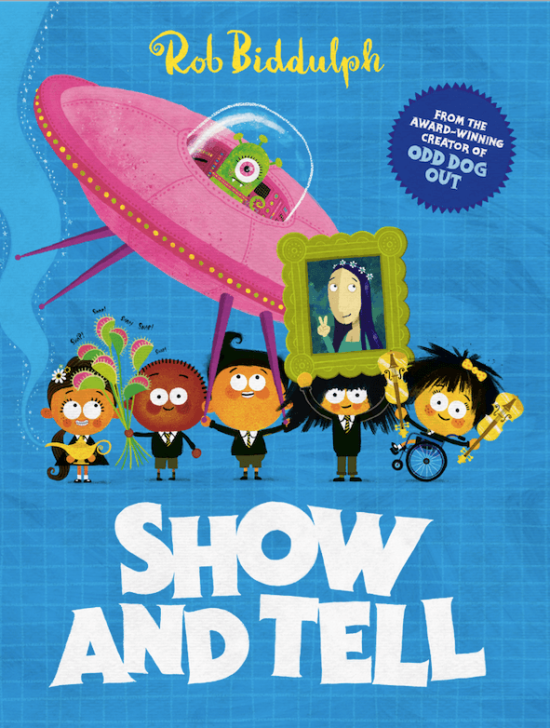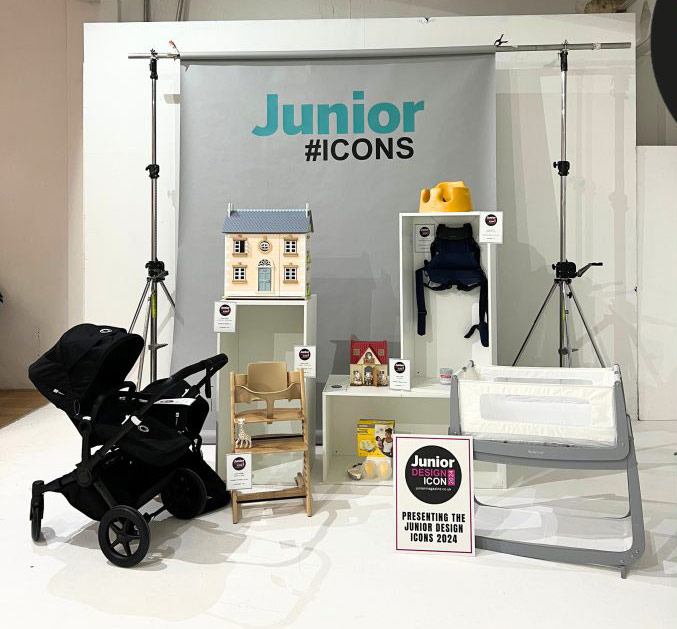10 Questions with Lovevery founder, Jessica Rolph and Head of Literacy Strategy, Spencer Russell

Jessica Learning to read is one of the biggest milestones in a child’s life–but for many, it can also be a struggle. We talked to families about their desire to build confident, motivated early readers and noticed that parents were having to painfully piece together a mix of incomplete solutions in attempts to help provide what their children were lacking from schools. Many times parents didn’t know where to start or felt unprepared to take on the role of instructor. We created an experience blending off-screen phonics instruction with play, that gives parents the tools and confidence to support their child’s reading journey.
Entering into the literacy space felt like a natural extension for us, helping to serve more families as they develop more skills for more years of their childhood.
Jessica The Reading Skill Set is designed to meet children where they are in their reading journey and is broken into three parts:
- Part 1: Sounds to Reading, typically for 3–5-year-olds.
- Part 2: Words to Books, typically for 4–6-year-olds.
- Part 3: Advanced Rules to Chapter Books, typically for 5–7-year-olds.
Spencer Explain new concepts clearly: Kids don’t like things they don’t understand. So, if any part of your teaching is confusing, they’ll likely get frustrated. No child—and no adult, for that matter—feels excited about learning when they hit obstacle after obstacle. And because learning how to read doesn’t come naturally, those obstacles come up frequently. So, before you try to teach your little one something new, make sure YOU understand it. Practice how you’ll explain it to them. When you feel confident teaching, they’ll be more interested in learning.
Make your lessons interesting: Boredom and kids don’t mix. When kids get bored, they can’t focus on the task at hand. One way to make learning how to read fun is to incorporate what your little one cares about into what you’re trying to teach. Does your kid have a favorite action figure or character? Make the toy say the letter sounds. Are they super active? Put letter flashcards around the room and have them “deliver” their toy to the sound card you’re practicing. Use whatever you can think of to keep things light, fun, and engaging.
If that’s still not working, try engaging them in a new way: Your engagement strategy might have been perfect last month. But this month it might be old news. If what you were doing before suddenly stops working, try a different engagement strategy. In fact, evidence shows that curiosity and surprise actually help improve memory. Try a lesson outside. Have another adult or sibling teach the lesson. It doesn’t have to be complicated. Just switch it up a bit and watch your little one re-engage.
Jessica Research shows that a child’s mindset and confidence during the process plays a key role in their success. When children start to doubt themselves, they often become resistant, which can hinder skill development and reduce their enjoyment of reading. We created The Reading Skill Set to change that. By blending the science of reading with the joy of play, we help children stay motivated, engaged, and confident every step of the way.
Jessica Having books around the house, in your car, and your diaper/nappy bag helps show your child that reading is an anytime activity – not just dedicated to one space or just at bedtime. You can read books at bathtime, in waiting rooms, and in transit. For younger children, right after a nap or in the morning when your child wakes up can even be a good time to read because they might be more calm and receptive. Try to make sure there are always appealing books stored where your child can see and reach them.
Spencer Reading is situational and depends so much on the context a child is growing up in. Some children are going to become strong readers no matter when they start because their families have the resources—whether that’s instructional knowledge, a great school system, or private tutoring—to support them at every step. But others may not have that same support. For those children, waiting too long to learn to read often means they’re left behind.
I never tell parents when they should teach their children to read because every family is different and has different goals. Our goal is to make sure that whenever a parent decides it’s the right time, they have all the tools and support they need to make learning to read both fun and effective–for both them and their child!
Spencer Reading books aloud to your child matters more than most people realize. What we know from research is that by age 5, children who have been read to regularly may have heard up to 1 million more words than children who haven’t. This exposure builds not only their interest in reading but also their language, vocabulary, and comprehension skills.
Despite its importance, we’re seeing fewer parents (especially Gen Z parents) read books aloud to their kids. A recent HarperCollins study found that only 41% of young children are read to frequently, down from 64% just a decade ago. And it’s not just about reading skills; it’s about connection. For many of us, some of our fondest childhood memories are of being read to by our parents. What matters more than when we read to our kids is that we do read to our kids. And this can happen anytime: when they wake up, while they eat lunch, or while they take a bath. Whatever fits in your schedule. It may seem small, but even just a few minutes a day can make a huge difference in both your relationship with your child and in their relationship with reading.
Spencer My son’s favourite game right now is the Vowel Team Penguin Walk which is in part 3 of The Reading Skill Set. The whole goal of the game is to get kids reading words with advanced sounds by balancing a set of penguins on a wobbly iceberg. It’s one of the harder games because it requires a lot of reading and a lot of coordination to get all of the penguins across without them falling down. But he loves to challenge himself with this game and it’s one that he can play and enjoy completely independently–which both of us love!
Spencer Every child is different and as the parent, you have the distinct advantage of being able to tailor your teaching approach to their personality, their interests, and their behavior. One common mistake I see is when parents try to match their child’s energy. This happens when they get louder and more animated when their child is bouncing off the walls, or become more reserved and passive when their child is hesitant to engage. Often, this only amplifies the child’s existing behavior and makes learning anything (in this case, reading) more challenging than it needs to be.
Instead of mirroring your child, be proactive in thinking about what they need from you in that lesson. A shy child may need a little more excitement and an active child may need a little more calm. These don’t have to be major changes. Usually, just a little bit of intentionality beforehand can make all the difference in creating a more engaged learning space for your child.
Jessica For younger children, I always love Frog and Toad Are Friends by Arnold Lobel. For primary-aged children, the Ramona series by Beverly Cleary and all of Roald Dahl’s children’s books are my favorites. I loved them when I was a child, and my three children now love them too.
More Junior Approved Reading Aids for Kids
Brilliant A4 size phonics cards with clear and cute illustrations that bring letters to life. Great for younger children to hold onto and connect with.
These beautifully illustrated phonics cards bring out children’s imaginations and encourage storytelling. We love the stand for hands- free learning and keeping words and sounds on display.
We love this wipeable and reusable phonics activity busy book for 3-5 year olds. Full of interactive illustrations that kids will love.















